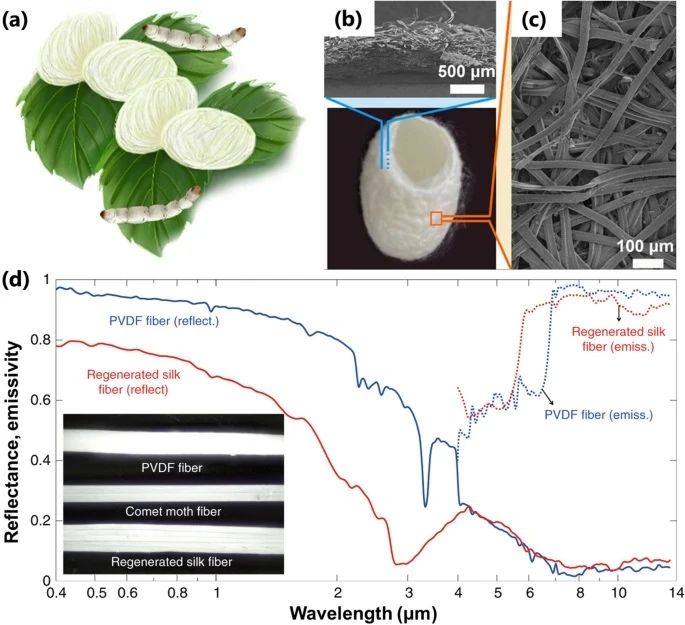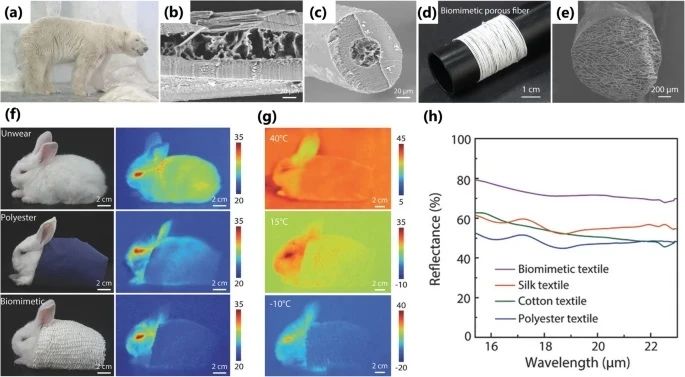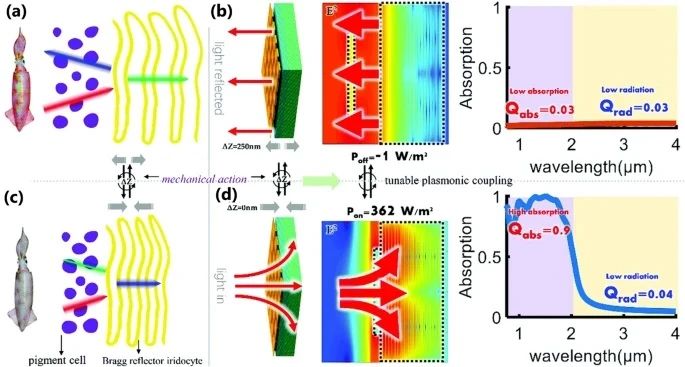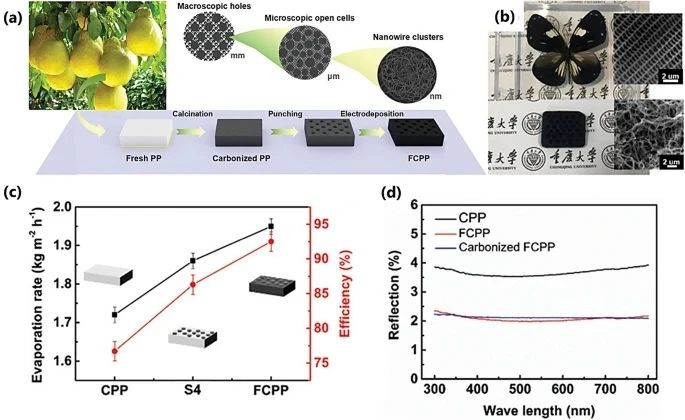引文信息:
Xin Ling, Maurice I. Osotsi, Wang Zhang, Yu Wu, Qingjun Jin & Di Zhang.Bioinspired Materials: From Distinct Dimensional Architecture to Thermal Regulation Properties. Journal of Bionic Engineering,2023,20(3),873–899 .
Bioinspired Materials: From Distinct Dimensional Architecture to Thermal Regulation Properties
Xin Ling, Maurice I. Osotsi, Wang Zhang, Yu Wu, Qingjun Jin & Di Zhang
1 State Key Laboratory of Metal Matrix Composites, School of Materials Science and Engineering, Shanghai Jiao Tong University, Shanghai, 200240, China
2 Research Institute of Chemical Defense, Academy of Military Sciences PLA China, Beijing, 102205, China
Abstract
The structural evolutions of the organisms during the development of billions of years endow them with remarkable thermal-regulation properties, which have significance to their survival against the outer versatile environment. Inspired by the nature, there have been extensive researches to develop thermoregulating materials by mimicking and utilizing the advantages from the natural organisms. In this review, the latest advances in thermal regulation of bioinspired microstructures are summarized, classifying the researches from dimension. The representative materials are described with emphasis on the relationship between the structural features and the corresponding thermal-regulation functions. For one-dimensional materials, wild silkworm cocoon fibers have been involved, and the reasons for unique optical phenomena have been discussed. Pyramid cone structure, grating and multilayer film structure are chosen as typical examples of two-dimensional bionics. The excellent thermal performance of the three-dimensional network frame structures is the focus. Finally, a summary and outlook are given.

Fig. W1 a Schematic of the B. mori and its silkworm cocoon. Micrographs showing the top-section view b and cross-sectional view c of silkworm cocoon. d Integrated hemispherical reflectance and emissivity spectra of regenerated silk fibers and a single PVDF fiber from the visible to the mid-infrared region. Inset shows photograph of a different fibers.

Fig. W2 a Photograph and (b, c) SEM images of polar bear hair. d Optical image and (e) SEM image of biomimetic porous fiber . f–g Thermal stealth properties biomimetic textiles. h Infrared light reflectance measurement of different textile.

Fig. W3 a, b Schematics of iridescent colour change from the tuneable coupling of the pigment cells and the iridocytes in squid. c, d Schematics of the composite structure, which consists of a grating and a hyperbolic structure.

Fig. W4 a Schematic illustration of the synthesis route of FCPP. b Photos of the overall view of a black butterfly and FCPP. The insets are respective SEM images showing their micro structures. c Evaporation rates (left-hand side axis) and corresponding solar–thermal efficiency (right-hand side axis) of samples CPP, S4, and FCPP. d Reflections of CPP, FCPP, and carbonized FCPP.
以上文章转载于微信公众号国际仿生工程学会,如有侵权,请及时联系我们修改或进行删除。
Information Publisher: Xin Ling, Maurice I. Osotsi, Wang Zhang, Yu Wu, Qingjun Jin & Di Zhang
Information Release Unit: State Key Laboratory of Metal Matrix Composites, School of Materials Science and Engineering, Shanghai Jiao Tong University,

